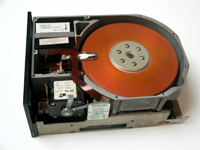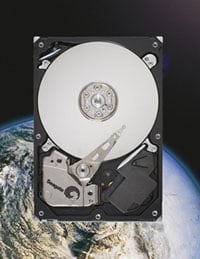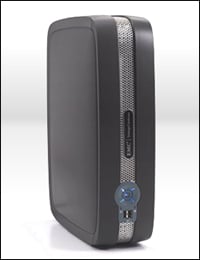[…] According to a study published on November 27th in the journal Nature Photonics, researchers at China’s University of Science and Technology in Hefei have achieved a record-breaking diamond storage density of 1.85 terabytes per cubic centimeter.
[…]
The artificial intelligence industry as well as quantum and supercomputers often need petabytes, not gigabytes or even terabytes, of information storage. As New Scientist explained on Wednesday, a diamond optical disc can store the same amount of information as roughly 2,000, same-sized Blu-rays. What’s more, researchers need to ensure all that data remains safe, uncorrupted, and accessible for as long as possible.
[…]
“Once the internal data storage structures are stabilised using our technology, diamond can achieve extraordinary longevity—data retention for millions of years at room temperature—without requiring any maintenance,” Wang explained to New Scientist.
To create the recordbreaking data storage device, Wang and his team employed diamond slivers measuring just a few millimeters wide. The researchers placed these shards in front of a laser that fired ultrafast pulses of light at the diamonds, which subsequently shifted some of the mineral’s carbon atoms. These atom-sized hollow spaces could then be arranged in precise configurations based on overall density to influence a microscopic area’s general brightness.
Wang and colleagues then stored test images including Henri Mattise’s painting, Cat with Red Fish, as well as Eadweard Muybridge’s historic photographic sequence displaying a man riding a horse. To do this, they matched each image pixel based on brightness to their correspondingly bright spaces on the diamond. Subsequent tests showed the new method almost perfectly retained data in the diamond.
“Owing to the excellent processability of the diamond storage medium, we have been able to achieve a 3D spatial data storage density that is close to the optical diffraction limit,” the authors explained in the study, adding that, “… Here, we store 55,596 bits of data in a diamond storage medium, achieving a total fidelity (storage and readout) of 99.48 percent.”
[…]
Source: Diamond optical discs could store data for millions of years | Popular Science











